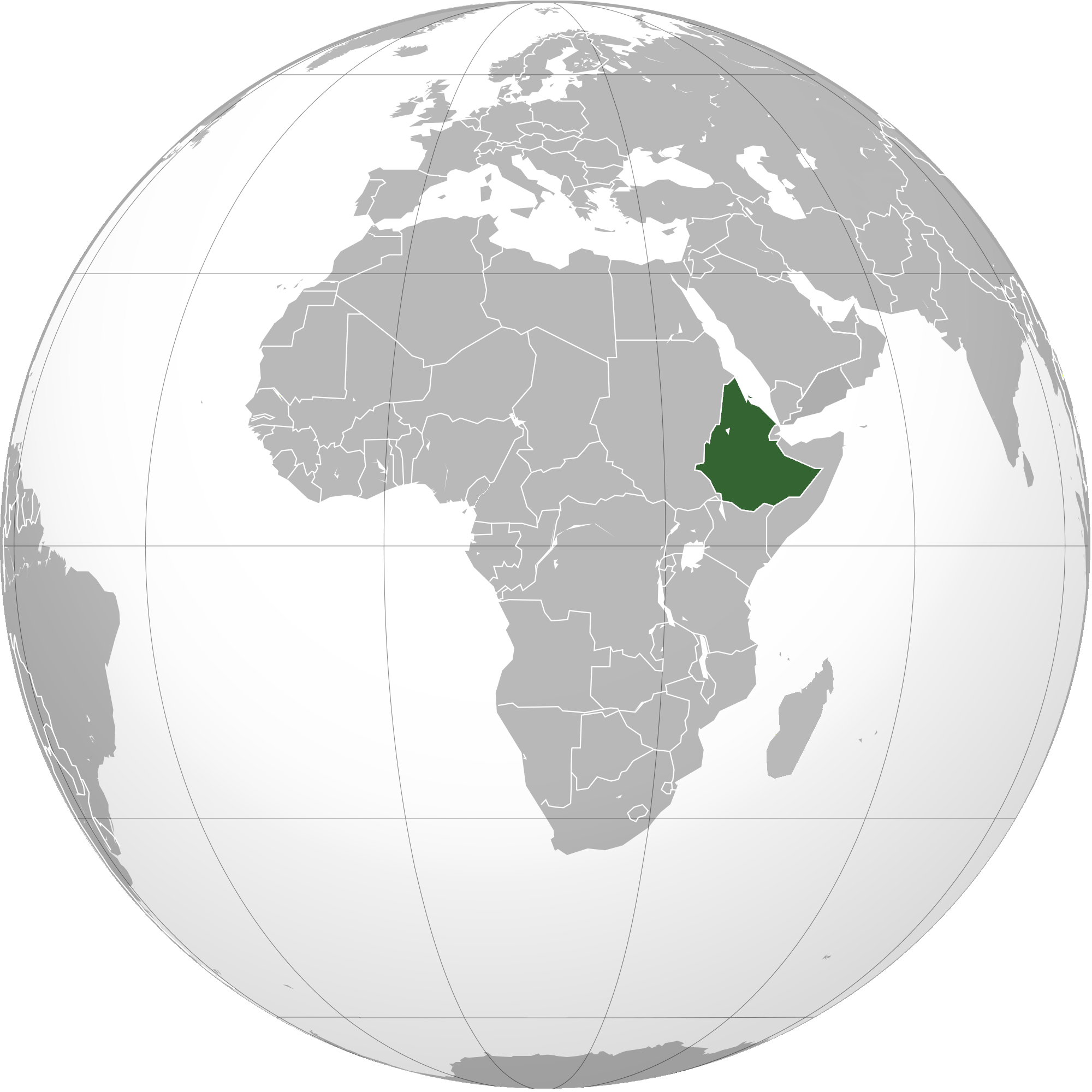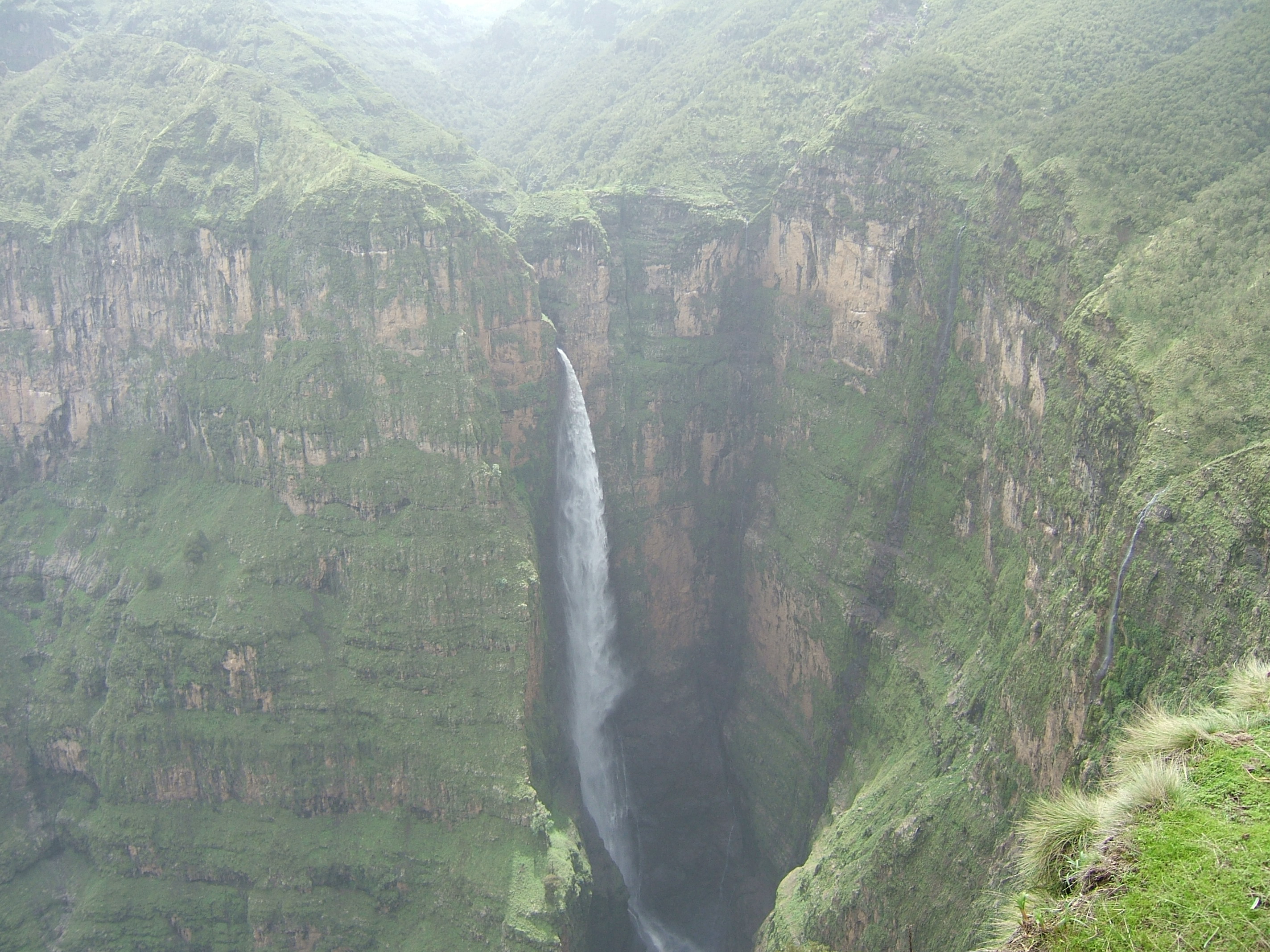|
Amhara People
Amharas (; ) are a Ethiopian Semitic languages, Semitic-speaking ethnic group indigenous to Ethiopia in the Horn of Africa, traditionally inhabiting parts of the northwest Ethiopian Highlands, Highlands of Ethiopia, particularly the Amhara Region. According to the 2007 national census, Amharas numbered 19,867,817 individuals, comprising 26.9% of Ethiopia's population, and they are mostly Oriental Orthodox Churches, Oriental Orthodox Christian (members of the Ethiopian Orthodox Tewahedo Church). They are also found within the Ethiopian expatriate community, particularly in North America.United States Census Bureau 2009–2013, Detailed Languages Spoken at Home and Ability to Speak English for the Population 5 Years and Over: 2009–2013, USCB, 30 November 2016, https://www.census.gov/data/tables/2013/demo/2009-2013-lang-tables.html They speak Amharic, a Semitic languages, Semitic language of the Afroasiatic language, Afro-Asiatic branch which serves as the main and one of the ... [...More Info...] [...Related Items...] OR: [Wikipedia] [Google] [Baidu] |
BGN/PCGN Romanization
BGN/PCGN romanization are the systems for romanization and Roman-script spelling conventions adopted by the United States Board on Geographic Names (BGN) and the Permanent Committee on Geographical Names for British Official Use (PCGN). The systems have been approved by the BGN and the PCGN for application to geographic names, but they have also been used for personal names and text in the US and the UK. Details of all the jointly approved systems are outlined in the National Geospatial-Intelligence Agency publication ''Romanization Systems and Policies'' (2012), which superseded the BGN 1994 publication ''Romanization Systems and Roman-Script Spelling Conventions''. Romanization systems and spelling conventions for different languages have been gradually introduced over the course of several years. The currently used set is available on the UK government site. [...More Info...] [...Related Items...] OR: [Wikipedia] [Google] [Baidu] |
Extant Literature
Ancient literature comprises religious and scientific documents, tales, poetry and plays, royal edicts and declarations, and other forms of writing that were recorded on a variety of media, including stone, clay tablets, papyri, palm leaves, and metal. Before the spread of writing, oral literature did not always survive well, but some texts and fragments have persisted. An unknown number of written works have not survived the ravages of time and are therefore lost. Incomplete list of ancient texts Bronze Age Early Bronze Age: 3rd millennium BC (approximate dates shown). The earliest written literature dates from about 2600 BC (classical Sumerian). Certain literary texts are difficult to date, such as the '' Egyptian Book of the Dead'', which was recorded in the '' Papyrus of Ani'' around 1240 BC, but other versions of the book probably date from about the 18th century BC. * 2600 BC: Sumerian texts from Abu Salabikh, including the '' Instructions of Shuruppak'' and th ... [...More Info...] [...Related Items...] OR: [Wikipedia] [Google] [Baidu] |
Ethiopian Empire
The Ethiopian Empire, historically known as Abyssinia or simply Ethiopia, was a sovereign state that encompassed the present-day territories of Ethiopia and Eritrea. It existed from the establishment of the Solomonic dynasty by Yekuno Amlak around 1270 until the 1974 Ethiopian coup d'état, 1974 coup d'état by the Derg, which ended the reign of the final Emperor, Haile Selassie. In the late 19th century, under Emperor Menelik II, the Menelik II's conquests, empire expanded significantly to the south, and in 1952, Federation of Ethiopia and Eritrea, Eritrea was federated under Selassie's rule. Despite being surrounded by hostile forces throughout much of its history, the empire maintained a kingdom centered on its Orthodox Tewahedo, ancient Christian heritage. Founded in 1270 by Yekuno Amlak, who claimed to descend from the last Kingdom of Aksum, Aksumite king and ultimately King Solomon and the Queen of Sheba, it replaced the Agaw people, Agaw Zagwe Kingdom, kingdom of the Za ... [...More Info...] [...Related Items...] OR: [Wikipedia] [Google] [Baidu] |
Abyssinian People
Habesha peoples (; ; ; commonly used exonym: Abyssinians) is an ethnic or Panethnicity, pan-ethnic identifier that has historically been applied to Ethiopian Semitic languages, Semitic-speaking, predominantly Oriental Orthodox Churches, Oriental Orthodox Christian peoples native to the highlands of Ethiopia and Eritrea between Asmara and Addis Ababa (i.e. the modern-day Amharas, Amhara, Tigrayans, Tigrayan, Tigrinya people, Tigrinya peoples) and this usage remains common today. The term is also used in varying degrees of inclusion and exclusion of other groups. Etymology The oldest reference to Habesha was in second or third century South Arabian alphabet, Sabaean engravings as or recounting the South Arabian involvement of the List of kings of Axum, ''nəgus'' ("king") GDRT of ḤBŠT. The term appears to refer to a group of peoples, rather than a specific ethnicity. Another Sabaean inscription describes an alliance between Shamir Yuhahmid of the Himyarite Kingdom and King ` ... [...More Info...] [...Related Items...] OR: [Wikipedia] [Google] [Baidu] |
Afroasiatic Language
The Afroasiatic languages (also known as Afro-Asiatic, Afrasian, Hamito-Semitic, or Semito-Hamitic) are a language family (or "phylum") of about 400 languages spoken predominantly in West Asia, North Africa, the Horn of Africa, and parts of the Sahara and Sahel. Over 500 million people are native speakers of an Afroasiatic language, constituting the fourth-largest language family after Indo-European, Sino-Tibetan, and Niger–Congo. Most linguists divide the family into six branches: Berber (Amazigh), Chadic, Cushitic, Egyptian, Omotic, and Semitic. The vast majority of Afroasiatic languages are considered indigenous to the African continent, including all those not belonging to the Semitic branch (which originated in West Asia). The five most spoken languages are; Arabic (of all varieties) which is by far the most widely spoken within the family, with around 411 million native speakers concentrated primarily in West Asia and North Africa, the Chadic Hausa language with o ... [...More Info...] [...Related Items...] OR: [Wikipedia] [Google] [Baidu] |
Semitic Languages
The Semitic languages are a branch of the Afroasiatic languages, Afroasiatic language family. They include Arabic, Amharic, Tigrinya language, Tigrinya, Aramaic, Hebrew language, Hebrew, Maltese language, Maltese, Modern South Arabian languages and numerous other ancient and modern languages. They are spoken by more than 330 million people across much of Western Asia, West Asia, North Africa, the Horn of Africa, Malta, and in large Immigration, immigrant and Expatriate, expatriate communities in North America, Europe, and Australasia. The terminology was first used in the 1780s by members of the Göttingen school of history, who derived the name from Shem, one of the three Generations of Noah, sons of Noah in the Book of Genesis. Semitic languages List of languages by first written account, occur in written form from a very early historical date in West Asia, with East Semitic languages, East Semitic Akkadian language, Akkadian (also known as Ancient Assyrian language, Assyrian ... [...More Info...] [...Related Items...] OR: [Wikipedia] [Google] [Baidu] |
North America
North America is a continent in the Northern Hemisphere, Northern and Western Hemisphere, Western hemispheres. North America is bordered to the north by the Arctic Ocean, to the east by the Atlantic Ocean, to the southeast by South America and the Caribbean Sea, and to the south and west by the Pacific Ocean. The region includes Middle America (Americas), Middle America (comprising the Caribbean, Central America, and Mexico) and Northern America. North America covers an area of about , representing approximately 16.5% of Earth's land area and 4.8% of its total surface area. It is the third-largest continent by size after Asia and Africa, and the list of continents and continental subregions by population, fourth-largest continent by population after Asia, Africa, and Europe. , North America's population was estimated as over 592 million people in list of sovereign states and dependent territories in North America, 23 independent states, or about 7.5% of the world's popula ... [...More Info...] [...Related Items...] OR: [Wikipedia] [Google] [Baidu] |
Oriental Orthodox Churches
The Oriental Orthodox Churches are Eastern Christian churches adhering to Miaphysite Christology, with approximately 50 million members worldwide. The Oriental Orthodox Churches adhere to the Nicene Christian tradition. Oriental Orthodoxy is one of the oldest branches in Christianity. As some of the oldest religious institutions in the world, the Oriental Orthodox Churches have played a prominent role in the history and culture of countries and regions such as Armenia, Egypt, Eritrea, Ethiopia, Sudan, the Levant, Iraq and the Malabar region of southern India. As autocephalous churches, their bishops are equal by virtue of episcopal ordination. Their doctrines recognize the validity of only the first three ecumenical councils. The Oriental Orthodox communion is composed of six autocephalous national churches: the Coptic Orthodox Church of Alexandria; the Syriac Orthodox Church of Antioch; the Armenian Apostolic Church comprising the autocephalous Catholicosate ... [...More Info...] [...Related Items...] OR: [Wikipedia] [Google] [Baidu] |
Amhara Region
The Amhara Region (), officially the Amhara National Regional State (), is a Regions of Ethiopia, regional state in northern Ethiopia and the homeland of the Amhara people, Amhara, Awi people, Awi, Xamir people, Xamir, Argobba people, Argobba, and Qemant people, Qemant people. Its capital is Bahir Dar which is the seat of the Government of Amhara Region, Regional Government of Amhara. Amhara is the site of the largest inland body of water in Ethiopia, Lake Tana (which is the source of the Blue Nile), and Semien Mountains National Park (which includes Ras Dashan, the highest point in Ethiopia). Amhara is bordered by Sudan to the west and northwest and by other the regions of Ethiopia: Tigray Region, Tigray to the north, Afar Region, Afar to the east, Benishangul-Gumuz Region, Benishangul-Gumuz to the west and southwest, and Oromia to the south. Towns and cities in Amhara include: Bahir Dar, Dessie, Gondar, Gonder, Debre Birhan, Debre Tabor, Kombolcha, Weldiya, Debre Markos, Soqota, ... [...More Info...] [...Related Items...] OR: [Wikipedia] [Google] [Baidu] |






